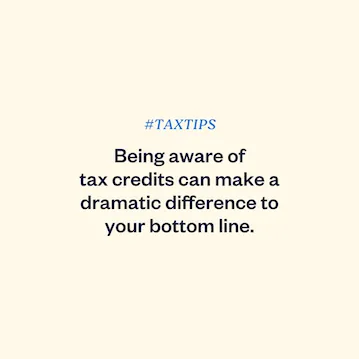The 10-Minute Rule for Trane HVAC tax credits


Can You Claim a Child and Dependent Care Tax Credit?
Competitive (9%) Housing Tax Credits - TDHCA for Dummies
20% Tax Credit A 20% income tax credit is offered for the rehabilitation of historic, income-producing buildings that are identified by the Secretary of the Interior, through the National Park Service, to be "certified historical structures." The State Historic Preservation Workplaces and the National Park Service evaluate the rehabilitation work to make sure that it complies with the Secretary's Standards for Rehab.

Maximizing the higher education tax credits - Journal of Accountancy
Owner-occupied houses do not get approved for the federal rehabilitation tax credit. Find out more about this credit prior to you apply. Each year, Technical Conservation Services authorizes around 1200 projects, leveraging almost $6 billion every year in private financial investment in the rehab of historical structures across the country. Discover A Reliable Source about this credit in Historic Conservation Tax Incentives.
The structure needs to be restored for non-residential use. In order to get approved for the tax credit, the rehabilitation should satisfy 3 requirements: a minimum of 50% of the existing external walls must stay in location as external walls, a minimum of 75% of the existing external walls need to remain in place as either external or internal walls, and a minimum of 75% of the internal structural structure need to stay in location.
What Does Learn About Tax Incentives - Portal Ct Gov Do?
Tax Benefits for Historical Conservation Easements A historical preservation easement is a voluntary legal contract, typically in the kind of a deed, that completely secures a historical home. Through the easement, a homeowner places restrictions on the advancement of or modifications to the historical home, then transfers these constraints to a preservation or conservation company.
Easement guidelines are intricate, so home owners interested in the prospective tax benefits of an easement contribution should speak with their accountant or tax lawyer. Find out more about easements in Easements to Protect Historical Characteristics: A Beneficial Historic Conservation Tool with Potential Tax Advantages.
Although many U.S. taxpayers are anticipated to get their tax refunds within 21 days of submitting their returns, two groups have dealt with a longer delay: Individuals who claim either the or the on their yearly returns. These filers are dealing with delays since of a law created to discourage scams connected to those valuable tax credits, such as by screening for scammers who attempt to claim somebody's refund as their own.

